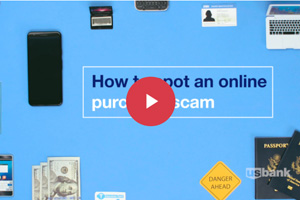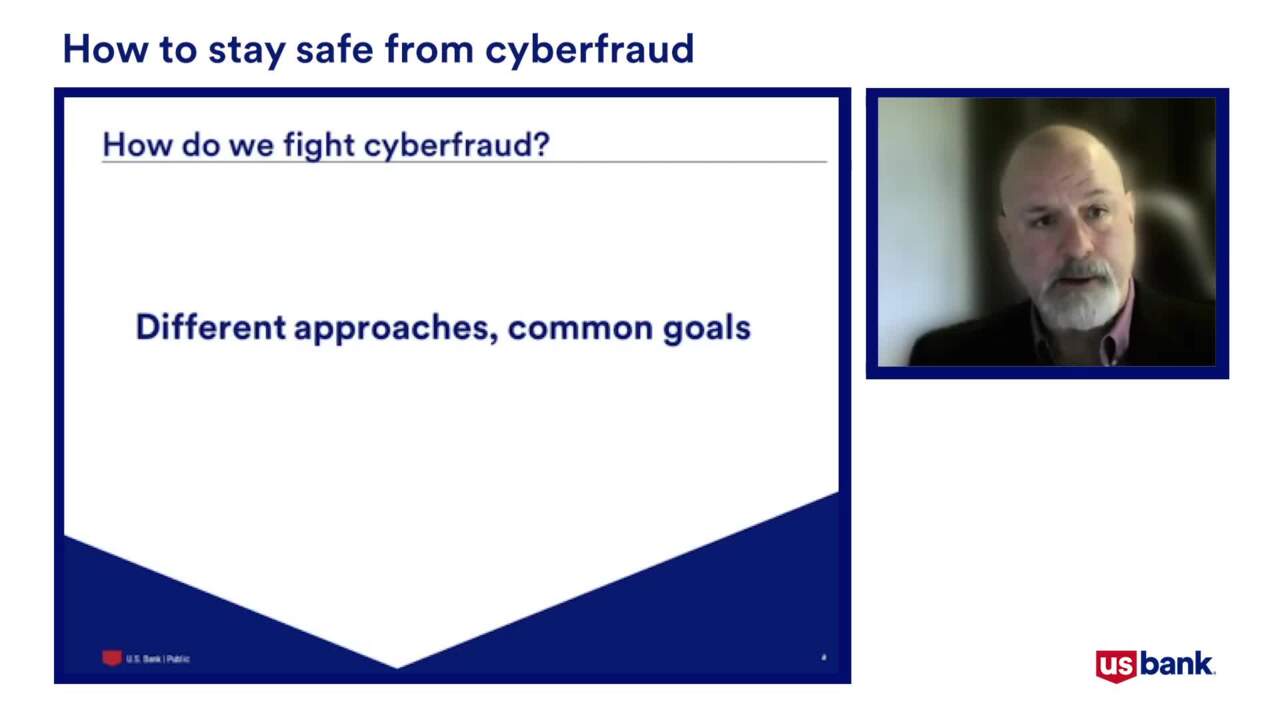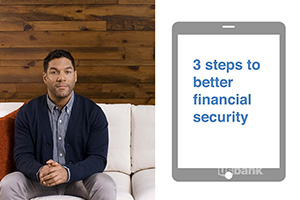If your organization suffers a data breach, these steps should be among the first you take.
In this age of cyber threats and large-scale data theft, it’s often a matter of “when,” not “if” an organization will be targeted. As we have seen from previous high-profile data breaches, some companies are better equipped to deal with the fallout than others.
Let’s say that day has come for your organization – you discover that you’ve been attacked by cybercriminals. You’re not sure how much data was compromised or where it’s been moved to, but the organization’s reputation and business strategy depends on a swift response. Ideally, you already have a response plan in place to execute. But even if you don’t, having clear accountability, responsibility and assigned roles will help produce an effective response.
Here are the first steps you should take to limit any long-term damage.
1. Assemble your crisis response team
Gather all relevant team members into a crisis response unit, including representatives from forensics, legal, information security, information technology, operations, human resources, communications, investor relations and management.
Place this team’s priority on identifying the source of the breach, stopping any further loss of data, and determining what data was compromised. While the immediate actions involve stemming the tide of data loss, this response team will monitor for compromised data showing up elsewhere outside of your organization’s network.
2. Plug the leaks
Wherever data breaches have occurred, you must disconnect any affected equipment. The Federal Trade Commission (FTC) recommends disconnecting physical resources from your network, rather than a complete shutdown, since data forensics teams will eventually need to analyze the affected equipment.
For digital or virtualized resources, work with the hosted vendor to isolate and/or remove affected applications from your online infrastructure. Most financial and healthcare-related data must be stored in a private cloud setting, so if anything shows up on a public cloud environment (e.g., Google, Amazon, Dropbox), it should be quarantined by the provided host.
Above all, don’t destroy or remove any piece of evidence from your premises or virtualized infrastructure.
3. Contact law enforcement
File reports with your local law enforcement and consumer protection agencies. Some states require this by law, but it’s still a good practice even if it’s not legally required. Law enforcement can provide additional forensic and investigative tools beyond your organization’s capabilities.
Large-scale data breaches could also require intervention from federal agencies, like the Federal Bureau of Investigation or the Consumer Financial Protection Bureau. If health data was among the compromised assets, notify the Department of Health and Human Services for potential violations of the Health Insurance Portability and Accountability Act.
4. Investigate the breach
Now you need to figure out how the cybercriminals gained access to your organization’s data. Perhaps they acquired physical access from an on-premises server or computer. Or, they exploited a loophole in your organization’s digital infrastructure. Regardless, you need to identify any methods used in the breach and implement measures to remediate the weakness in security.
Cybersecurity firms specialize in this type of investigation, generally collecting as much physical and digital evidence as possible. Everything from workstations, servers, call logs, mobile devices, fax machines, audio tapes, closed-captioned TV footage, virtual and cloud-based environments, and access logs should be documented and analyzed for vulnerabilities.
5. Communicate the breach
Once your crisis team has assessed the breach and implemented its response plan, it’s time to inform your employees, customers, business partners, and the public of what occurred. Communicate the data breach openly and honestly once it’s safe to do so. The reputation of your organization might be jeopardized by the breach, but it will suffer far worse if the public (or your shareholders) finds out about it from outside sources.
The FTC recommends setting up a special phone line, website or direct contact to respond to questions or concerns. Expect to receive many inquiries, and provide enough trained staff to adequately handle the reaction.
These tips can help your organization respond effectively to an already-occurred breach. These aren’t the only steps to take after a breach, but they are an important part of a proactive and comprehensive data breach response plan. The FTC’s Start with Security Business Guide is a good resource for getting started on a plan.







































































